5 minutes with British photographer Tim Flach and his amazing animal images
The London-based photographer Tim Flach on storytelling and grabbing attention
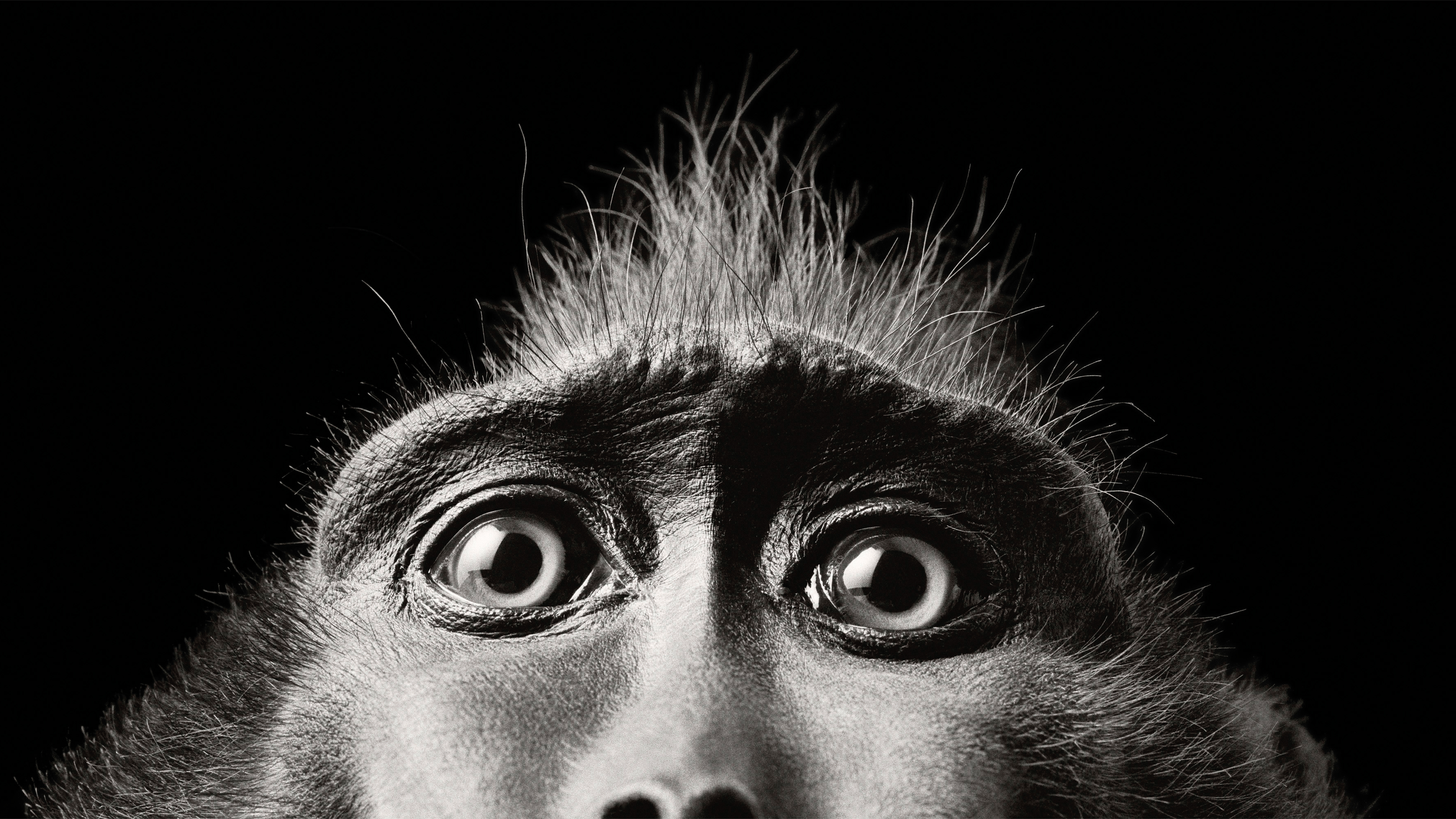
Would you call yourself a wildlife photographer or an animal photographer?
That’s an interesting question. It might give some perspective to say that I’ve been working with social scientists, exploring what depictions of animals evoke empathy and lead ultimately to pro environmental outcomes. When you say wildlife photography, you probably mean some sort of conservation communication through imagery.
How do we/you make social change through imagery?
For a recent research paper I was part of, we took animal portraits of mine and compared them to a set of people looking at wildlife photography done by a National Geographic photographer or equivalent, and then another group who never saw any images. Many of the people were troubled by my images. They found that they had more anxiety, but interestingly enough, they actually showed a tendency to be more caring after viewing the images than before. The ones that saw traditional wildlife were no more prone to care after seeing the images than the people who saw no images at all.
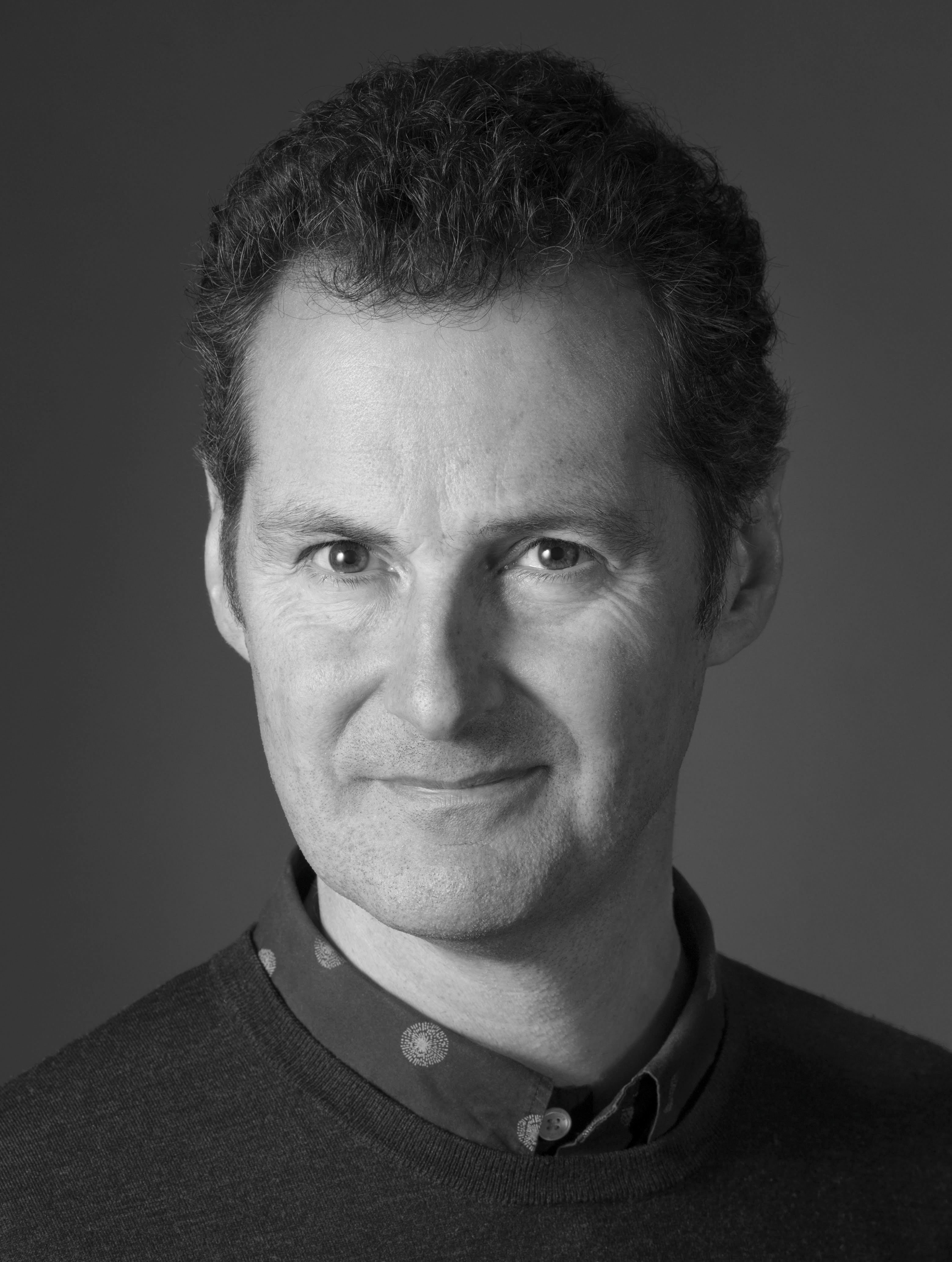
Tim Flach is a British photographer who specializes in studio photography of animals. He has published several books and is president of the Association of Photographers (AOP).
www.timflach.com
So what is it about your images that evokes empathy?
You can show a wild animal, but if the image isn’t actually relatable and personal, it tends not to be something that we actually go out and suddenly act on. In conservation communication, and in my work, I see a role for anthropomorphism. With digital photography and the way we perceive images, it’s amazing how little data we collate. We do a few cascades, but our attention span is not as great as you might imagine. We need to understand the relationship between attention-grabbing moments that draw you in and the storytelling that goes with it. There needs to be this sense of otherness and sameness.
If you have an animal that has a flat face, like we do, then you’re going to find it cute and feel empathy. Cuteness is a mechanism that operates quickly before we have rational thought. And your emotional bonding from cuteness works at such a primal level. My approach might be an attention-grabber but traditional wildlife photography still has an important role to play.
Get the Digital Camera World Newsletter
The best camera deals, reviews, product advice, and unmissable photography news, direct to your inbox!
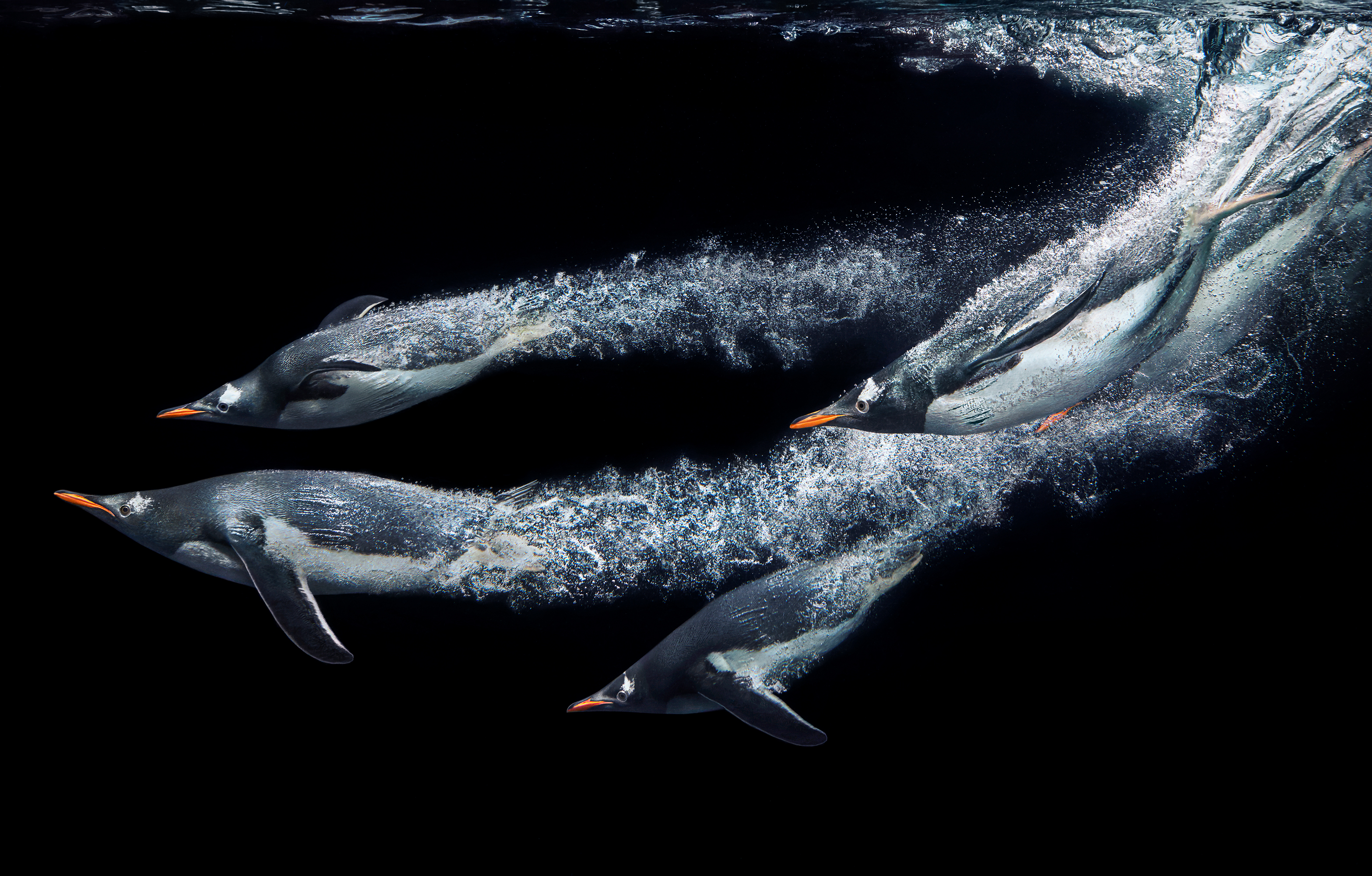
How much of your work is influenced by scientific research?
Photographers have a role almost like translators, to take something from one space into another where it can be acted upon. It’s vitally important that
I collaborate with the people who have an understanding of what’s going on, but that will have no relevance unless their findings are translated into the wider cultural space.
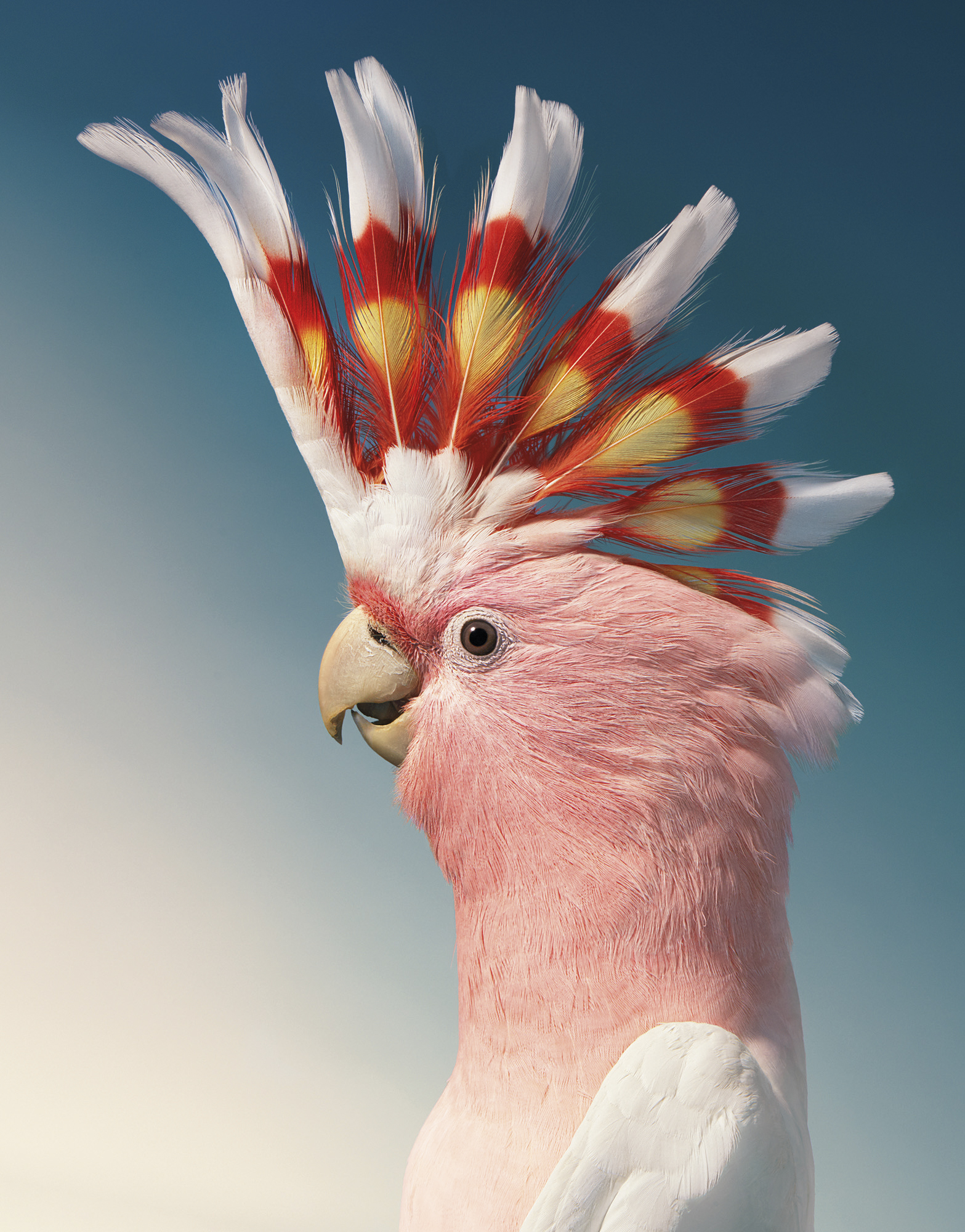
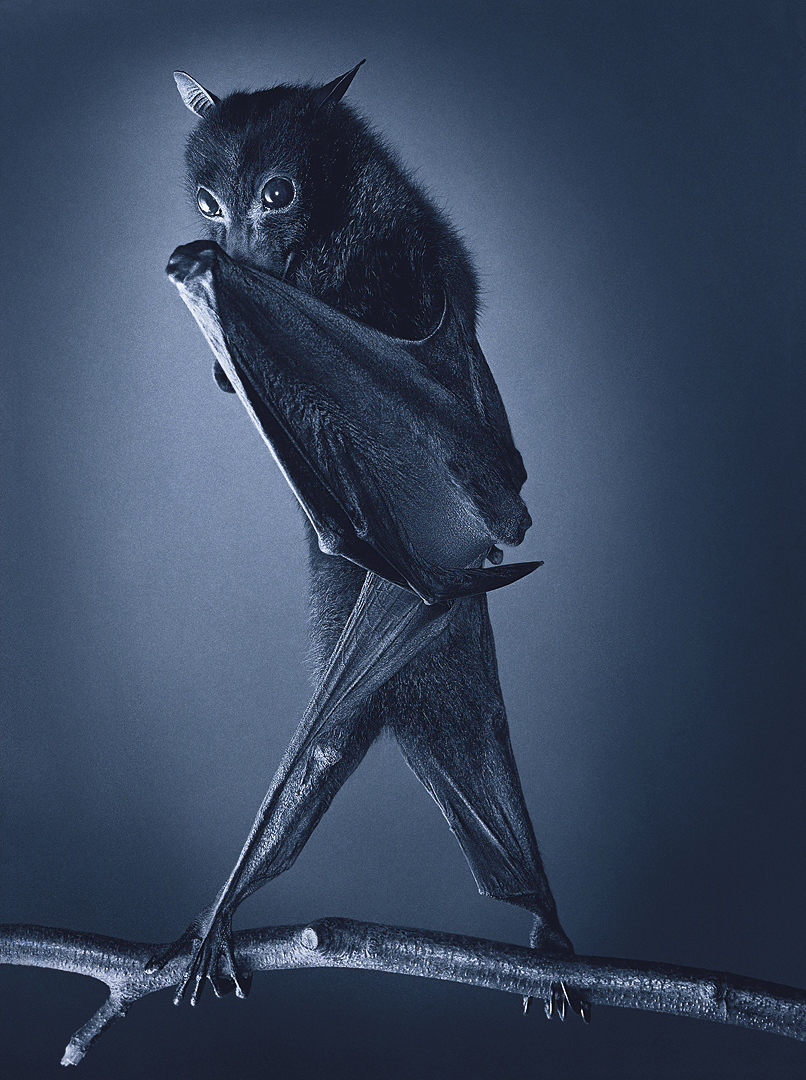
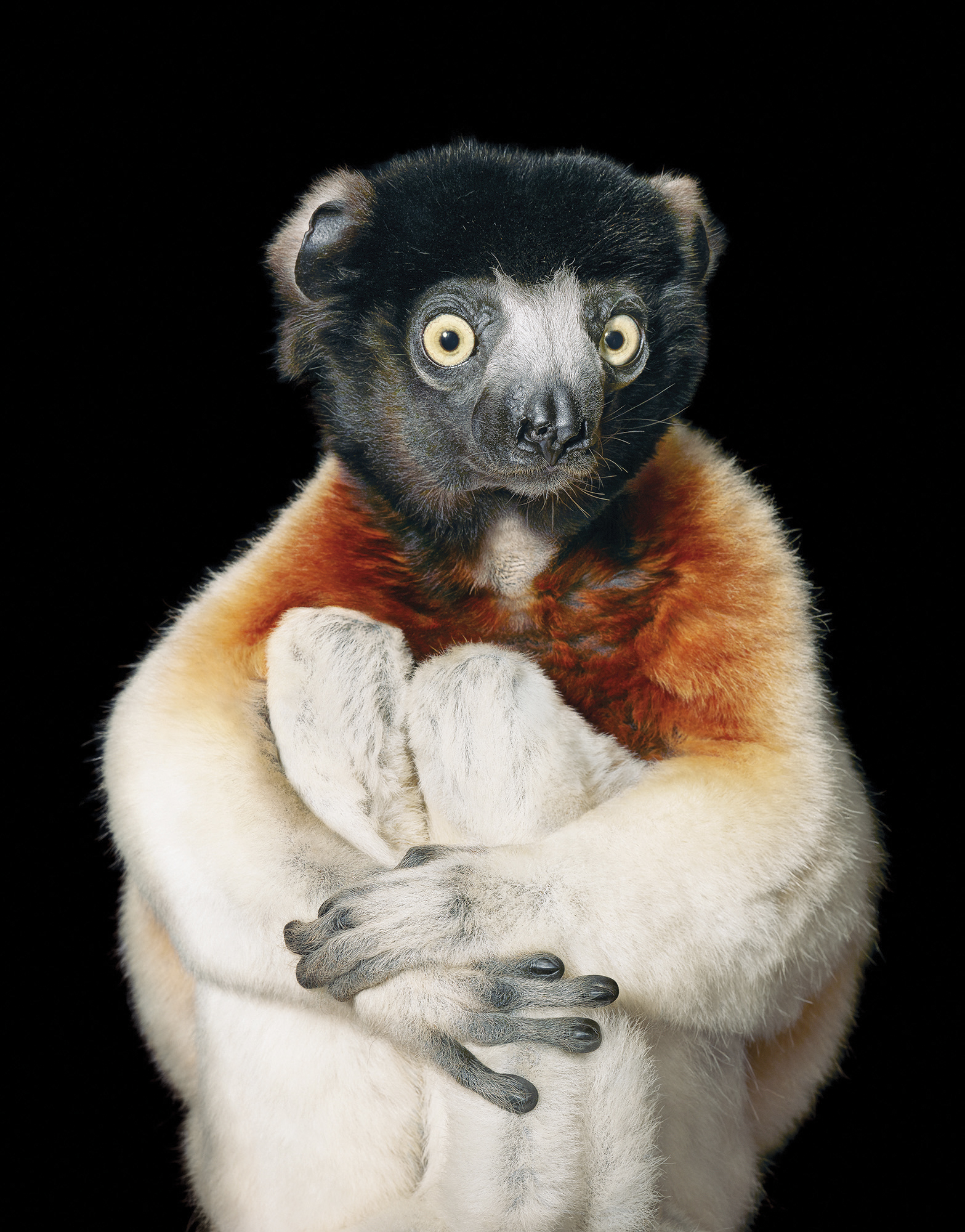
Have you always been interested in conservation?
Like most people, I’ve moved with the understanding. As you bear witness, you can’t unsee what you see. And as you meet those who have a better understanding, you’re drawn around by your consciousness.
What advice do you have for emerging artists?
It’s not enough just to take a pretty picture. It’s about context, so spend time understanding and getting your head around what’s going on. What is the story and how could you communicate that? The challenge is to think about what is being said in your sequence of images. How could it be used? How could it organise the experience in a way that creates change? Once we have an understanding of something, we can be smart in the way we go forward.
What’s next for you and your work?
I want to look at the important, but rather uncharismatic, area of insects and soil blindness. We’ve lost 60 percent of our topsoil and scientists reckon we’re going to lose the rest within another generation. And of course, that has huge implications for humanity. It’s a problematic area, and I want to see if I can do something useful, but it’s not easy to make a bug picture as impactful as one of a panda. I’ve also got shows coming up in the Natural History Museums in Beijing and Paris. My intention is to not only practice but deliver to large numbers of people.

Read more
Best lenses for bird photography and wildlife
Best camera for wildlife photography
Book shows with animal photojournalism matters

Lauren is a writer, reviewer, and photographer with ten years of experience in the camera industry. She's the former Managing Editor of Digital Camera World, and previously served as Editor of Digital Photographer magazine, Technique editor for PhotoPlus: The Canon Magazine, and Deputy Editor of our sister publication, Digital Camera Magazine. An experienced journalist and freelance photographer, Lauren also has bylines at Tech Radar, Space.com, Canon Europe, PCGamesN, T3, Stuff, and British Airways' in-flight magazine. When she's not testing gear for DCW, she's probably in the kitchen testing yet another new curry recipe or walking in the Cotswolds with her Flat-coated Retriever.
